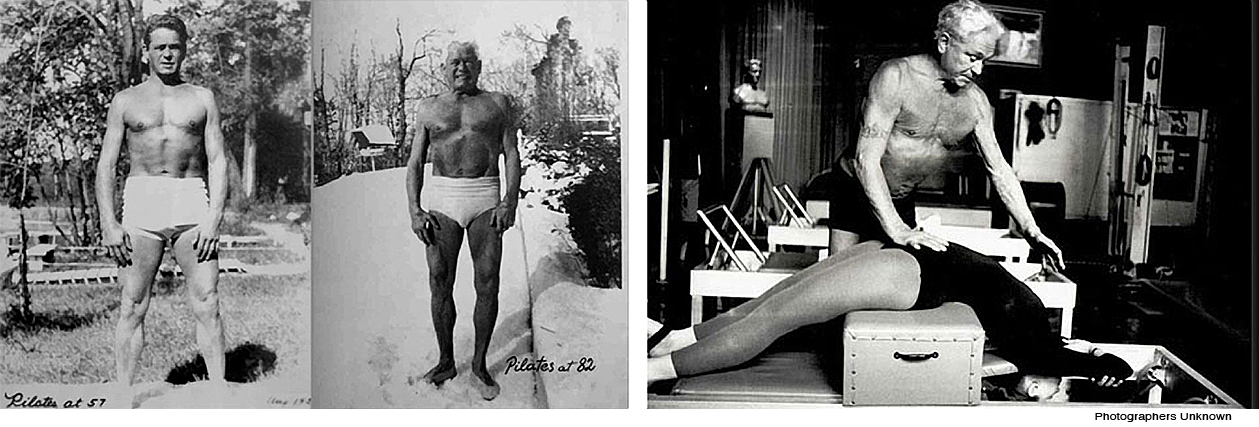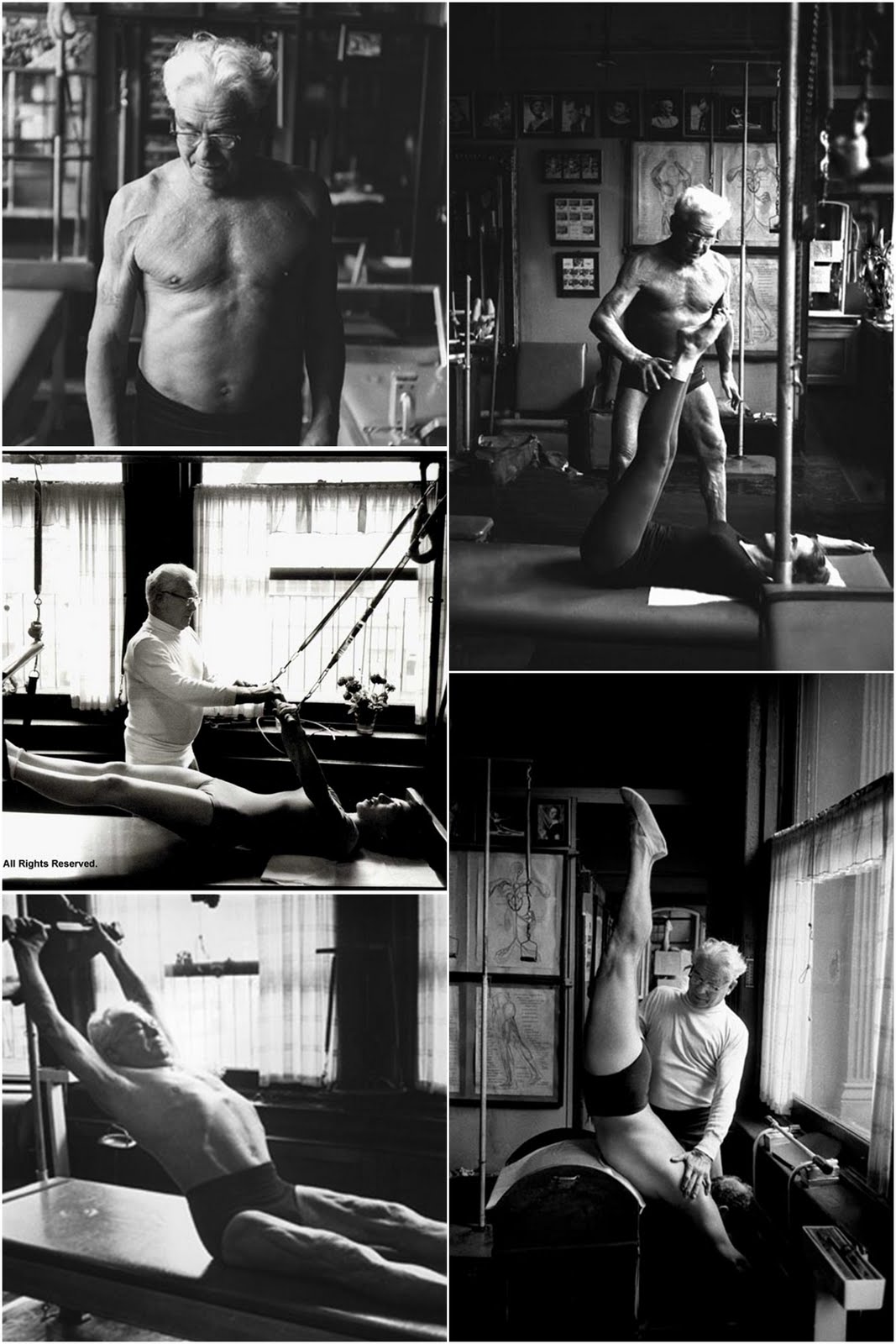A lotta Pilates: Many options available for those wanting to try the exercise routine
Written By: Kelly Farrell, September 2014
““It’s too bad insurance doesn’t accept Pilates as a physical therapy because it’s really what we do.””
Pilates has developed a reputation for therapeutic benefits, although it was initially designed specifically for exercise by German-born Joe Pilates in the 1920s.
Pilates is often beneficial for those seeking to create a foundation to increase performance in other activities and to recover from injuries or overuse in certain sports, including golf and tennis.
Pilates practitioners quickly come to understand why Pilates was once called Contrology by the founder of the exercises. The movements require intense mental focus, strengthening the connection between the mind and body by intently controlling each body movement through the full range of motion.
Pilates’ apparatus include springs, which heighten the requirement of mental focus and mind-body connection so the movements are smooth and combining a breath that is often in the nose and out the mouth.
Also integral to Pilates is the concept of the core — the abdomen, the back, the entire torso — as the powerhouse of which all other movements flow outward toward the limbs. Specifically focusing on stabilizing the spine, shoulder girdle and pelvic girdle, all of which heighten the focus required while moving the limbs.
Larger pieces of equipment found in these and most Pilates studios include the reformer, Pilates chair, barrel, tower and Cadillac. Mats and numerous other small pieces are also in each studio.
Classes tend to be small with seven people or less or even limited to private sessions because of the importance of attention to detail inherent in the Pilates methods — requiring as much focus from the instructor as the client.
Pilates Plus, Bonita Springs
Tammy takes more of a high-touch approach.
““It’s very touch and feel. The eyes I have to have on you.””
Hypermobility in one segment of a movement can be very telling of an imbalance and can be used to help adjust functional movements.
By functional, Schulz literally means day-to-day functioning, walking, and putting on shoes — the most repetitive movements that when done in a certain way can alleviate problems versus causing or exacerbating them.
A typical mat class may include about 36 exercises and an equipment class may include some of the 548 true Pilates movements.
Tammy Schulz has been in the fitness industry 40 years.
The studio also offers Pilates certification to new instructors.




